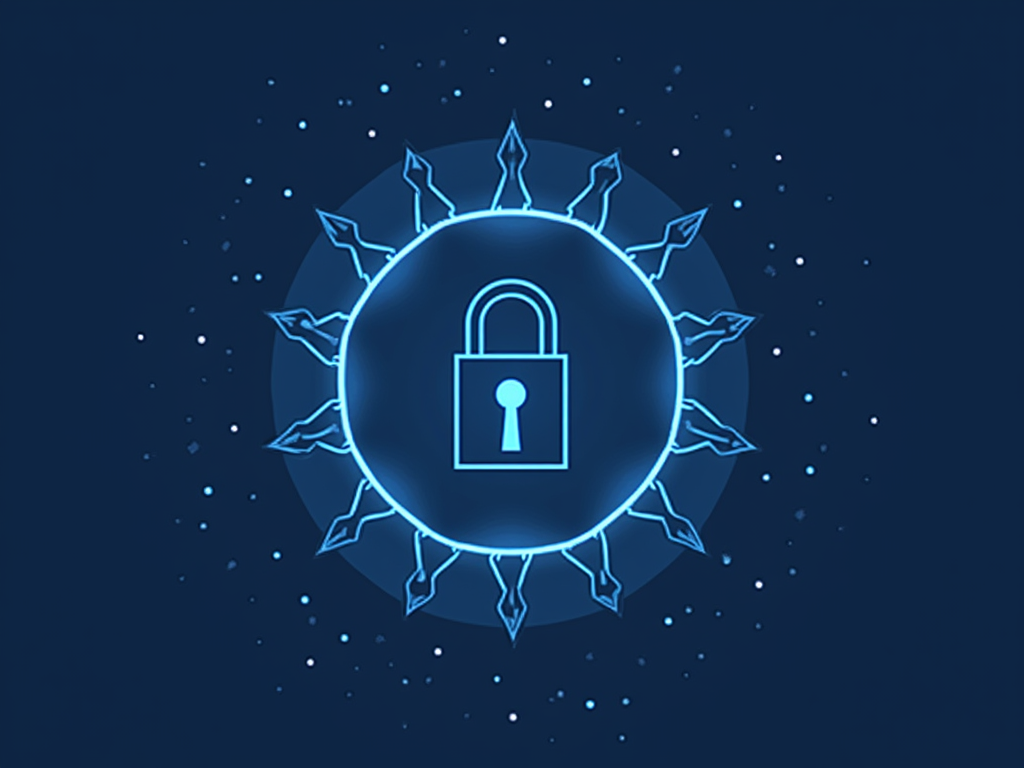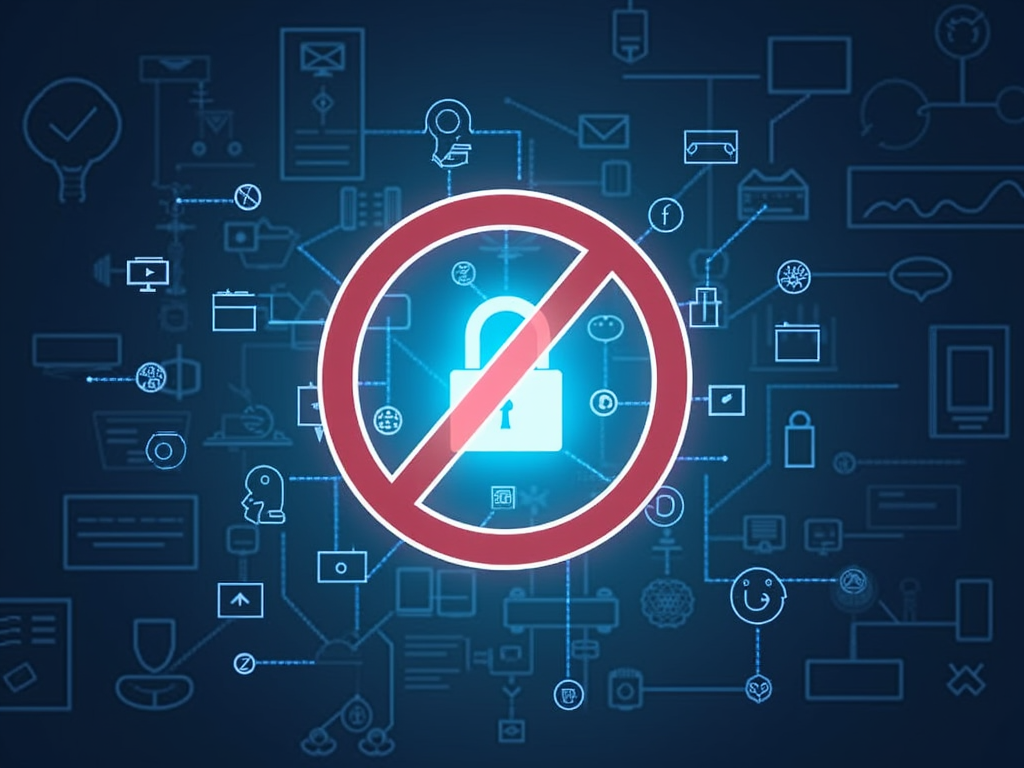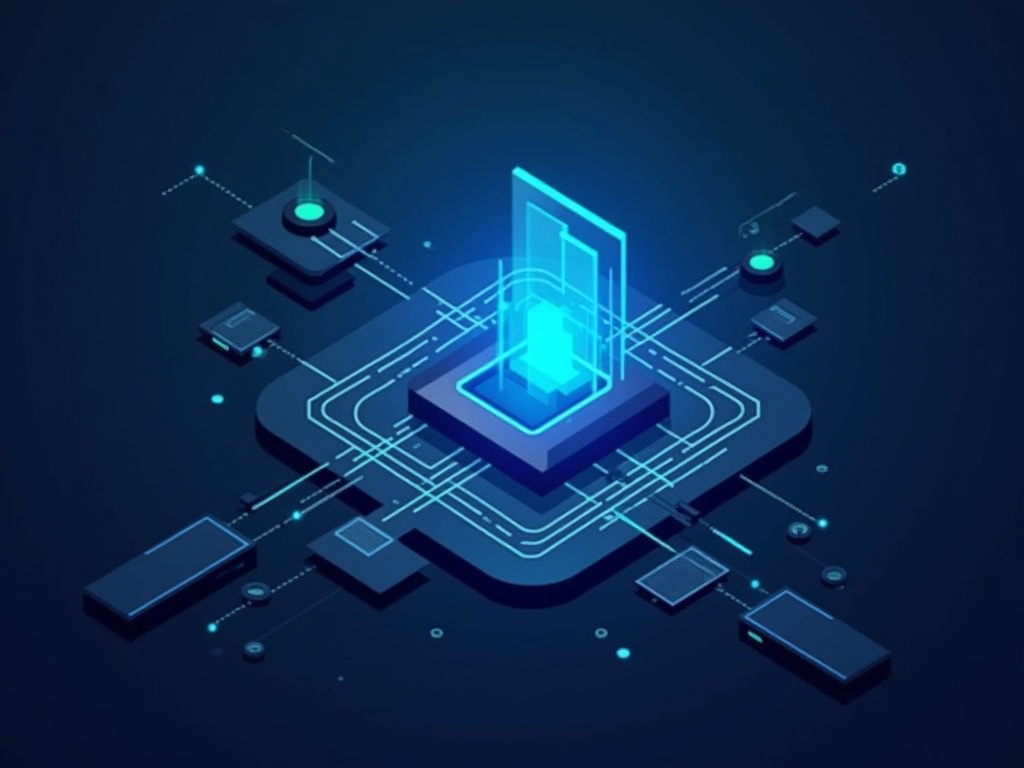Understanding the Importance of Cybersecurity Frameworks in Businesses
In today’s digital age, businesses are more vulnerable than ever to cyber threats and data breaches. As technology advances, cybersecurity has become a top priority for organizations to protect their assets, intellectual property, and customer data. A cybersecurity framework is a set of policies, procedures, and guidelines that helps businesses manage and reduce the risk of cyber attacks. In this article, we’ll explore the importance of implementing a comprehensive cybersecurity framework in your business.
Why Cybersecurity Frameworks are Crucial for Businesses
Cybersecurity frameworks provide a structured approach to managing cybersecurity risks and ensuring the confidentiality, integrity, and availability of organizational assets. Here are some reasons why businesses should prioritize implementing a cybersecurity framework:
- Protect sensitive data: A well-structured cybersecurity framework helps protect sensitive data, such as customer information, financial records, and intellectual property.
- Comply with regulations: Many industries, such as finance, healthcare, and government, have specific regulations and compliance requirements. Cybersecurity frameworks help organizations meet these standards and avoid costly fines.
- Reduce risk of cyber attacks: A cybersecurity framework helps identify vulnerabilities and implement controls to prevent or mitigate the impact of cyber attacks.
- Improve incident response: In the event of a breach, a cybersecurity framework provides a structured approach to respond quickly and effectively, minimizing damage and reputation loss.
Key Components of a Cybersecurity Framework
A comprehensive cybersecurity framework typically includes several key components:
- Risk management: Identify and assess potential risks, prioritize vulnerabilities, and implement controls to mitigate threats.
- Vulnerability management: Continuously monitor and update systems, applications, and networks to address known vulnerabilities.
- Incident response planning: Develop a plan for responding to cyber attacks or data breaches, including containment, eradication, recovery, and post-incident activities.
- Continuous monitoring and improvement: Regularly review and improve cybersecurity controls, policies, and procedures to ensure ongoing effectiveness.
Benefits of Implementing a Cybersecurity Framework
By implementing a cybersecurity framework, businesses can:
- Reduce costs: A well-planned cybersecurity strategy reduces the risk of costly breaches and minimizes downtime.
- Improve reputation: By demonstrating a commitment to cybersecurity, organizations can enhance their reputation and build trust with customers and partners.
- Increase efficiency: A structured approach to cybersecurity management streamlines processes, reducing the time and resources spent on security-related tasks.
- Enhance compliance: Implementing a cybersecurity framework helps organizations meet regulatory requirements and avoid fines.
Challenges of Implementing a Cybersecurity Framework
While implementing a cybersecurity framework can bring numerous benefits, it also poses several challenges:
- Complexity: A comprehensive cybersecurity framework requires significant planning, resources, and expertise to implement effectively.
- Cost: Developing and maintaining a robust cybersecurity program can be costly, particularly for smaller organizations.
- Cultural shift: Changing the organizational culture to prioritize cybersecurity may require significant effort and buy-in from stakeholders.
Conclusion
In today’s digital landscape, implementing a cybersecurity framework is no longer an option; it’s a necessity. By understanding the importance of cybersecurity frameworks, businesses can reduce the risk of cyber attacks, protect sensitive data, and meet regulatory requirements. While there are challenges to implementing a cybersecurity framework, the benefits far outweigh the costs. Organizations that prioritize cybersecurity will be better positioned to thrive in today’s fast-paced, technology-driven world.
Additional Resources
- National Institute of Standards and Technology (NIST) Cybersecurity Framework
- ISO 27001:2013 – Information Security Management Systems
- SANS Institute Cybersecurity Framework
About the Author
[Your Name] is a cybersecurity expert with [Number of Years] years of experience in IT and security. With a passion for staying up-to-date on the latest trends and best practices, [Your Name] has written numerous articles and blog posts on various cybersecurity topics.



